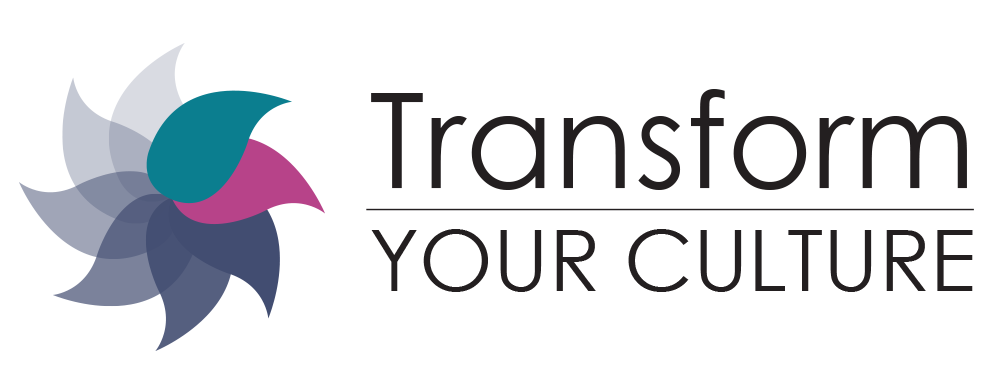In the sphere of caregiving and professional support, there’s a silent adversary quietly draining the vitality of countless workers across the globe—it’s called empathetic distress.
In recent years, we have seen this have a profound effect within roles where empathy is not an option but a requirement, such as health care, social work, and education. But it can happen to anyone that wears their heart on their sleeve regardless of industry. The threat of burnout looms large. This blog post explores the nature of empathic distress and offers insight into managing its challenges through awareness and mindful practices.
Empathetic distress is a condition where the emotional weight of experiencing another’s pain becomes overwhelming, leading to a state of personal discomfort and stress. This phenomenon occurs because empathy involves not just understanding another’s feelings but also, at times, physically and emotionally embodying these feelings ourselves.
Deep, empathetic engagements can blur the lines between the self and others. When the balance tips too far, the continual absorption of others’ stresses can deplete one’s emotional reserves, leading to empathetic distress. This condition is marked by feelings of anxiety, sadness, and emotional exhaustion that stem not from one’s own direct experiences but from the vicarious experience of others’ suffering.
How empathetic distress leads to burnout
The transition from empathetic distress to burnout happens when there is prolonged exposure to stress with inadequate recovery time and support mechanisms. Burnout is a state of physical, emotional, and mental exhaustion caused by long-term involvement in emotionally demanding situations.
Constantly engaging in empathetically charged environments without sufficient self-care or coping strategies can erode one’s enthusiasm, optimism, and energy. This leaves us feeling increasingly helpless, hopeless, and cynical. This situation not only diminishes one’s ability to empathize effectively but can also lead to decreased productivity, absenteeism, and even departure from professions that inherently require a high level of empathetic engagement. Hence, understanding and mitigating empathetic distress is crucial in preventing the severe consequence of burnout.
Empathy vs. Compassion: defining the lines
The distinction between empathy and compassion may be subtle, but understanding its nuances is critical to averting the onset of empathic distress.
Empathy enables us to sense and resonate with the feelings of others while maintaining an acute awareness of our emotional landscape. The danger of empathic distress arises when the lines blur—when the boundary between self and other dissolves.
Compassion transcends empathy. It offers profound attention to the tribulations of others coupled with the discernment of what service might truly benefit the other, ushering in action beyond mere feeling.
Empathic distress exhausts and overwhelms us, potentially distancing us from the act of helping. Compassion grounds us in connection and engagement, driving us towards constructive action without the debilitating wear of empathic overload. Empathy and Compassion are not the same, and neuroscience shows us that they activate distinct neural networks.
Compassion helps us maintain a sense of connection and engagement, with a perspective of creating benefit without burning out from empathic distress.
Compassion Practice for Overcoming Empathetic Distress
In summary, compassion benefits those around us and safeguards our emotional and professional well-being. Implementing compassion practices aids in overcoming the pitfalls of empathetic burnout:
- Spark self-awareness through consistent mindfulness practices. When you are aware of what you are feeling and why you are feeling it, it is easier to experience and understand the emotions and feelings of others.
- Strive to discern between personal emotions and those of others. This is where Empathic Distress can originate…. when we don’t clearly discern “where I end, and the other begins.”
- Cultivate compassion by focusing on how one can serve the other in the situation rather than only on shared feelings.
- Compassion connects us to others and gives us the courage to step into situations where people are experiencing difficulty.
By adopting these approaches, we shift from the quagmire of empathy burnout towards a resilient, compassionate standpoint that reinforces our professional role and enriches our contribution to the world around us. Remember, in the demanding roles that necessitate empathy, safeguarding our well-being is not selfish—it’s essential.


